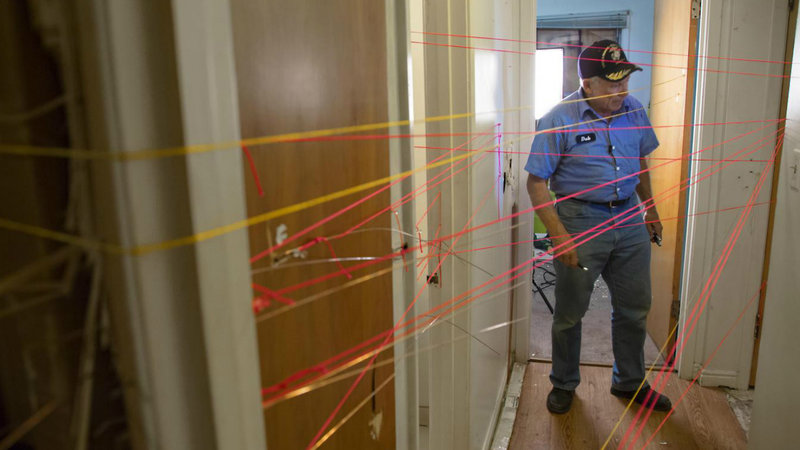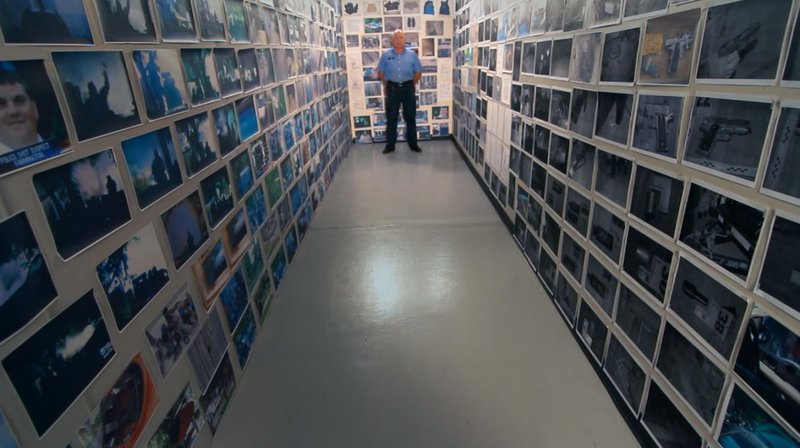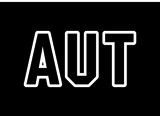This powerful film about police overkill makes its case through the experience and research of the former lawman who founded Utah’s first SWAT team, then saw it shoot down a member of his own family 33 years later.


Peace Officer makes a convincing case for a radical re-examination of the way force is used by police, and does so in a remarkable and compelling fashion.
Screened as part of NZIFF 2015
Peace Officer 2015
| Jul 25 | | ||
| Jul 26 | |
RadioLIVE’s Graeme Hill will moderate Q+As with filmmakers Brad Barber and Scott Christopherson at both screenings.
Scott Christopherson and Brad Barber’s SXSW Grand Jury Prize winner is an engrossing, cautionary account of the increasing militarisation and use of SWAT teams in civilian situations by local police forces in the US. The filmmakers have been gifted with a charismatic protagonist and perfectly equipped guide in former Utah lawman Dub Lawrence, who in 1975 founded the state’s first SWAT team. Thirty-three years later, Lawrence watched that same team respond to a domestic crisis in his own family, with fatal consequences. Determined to clarify responsibility for the police overreaction, Lawrence soon discovered numerous other instances of domestic crimes treated as acts of war. Several are detailed in the film. He identifies the ‘war on drugs’ as just one of several factors contributing to the escalation in fatal confrontations, from which police are invariably exonerated. Surely the alienation of armoured police from the communities they are intended to protect should be of mutual concern? Christopherson and Barber review his analysis with an array of commentary from academics, activists, those who’ve been on the receiving end and the police themselves.
